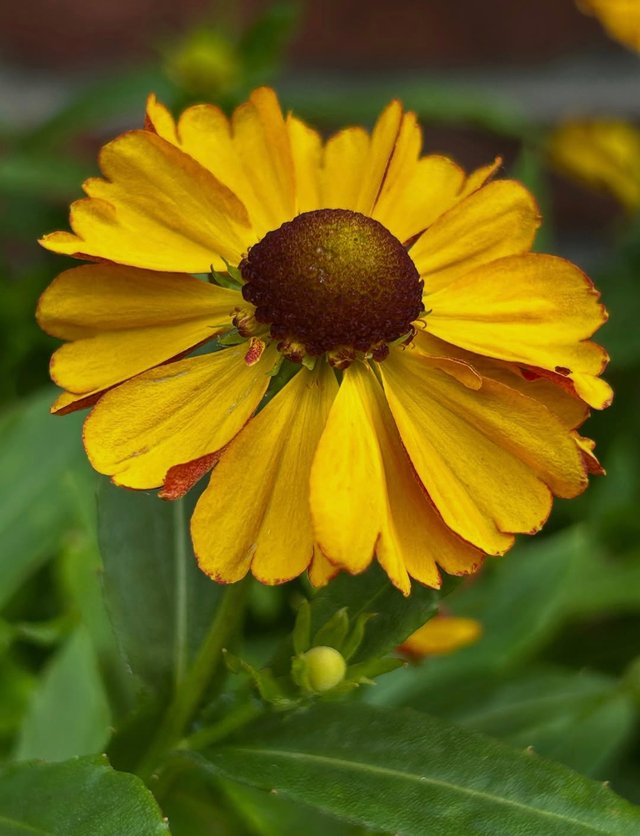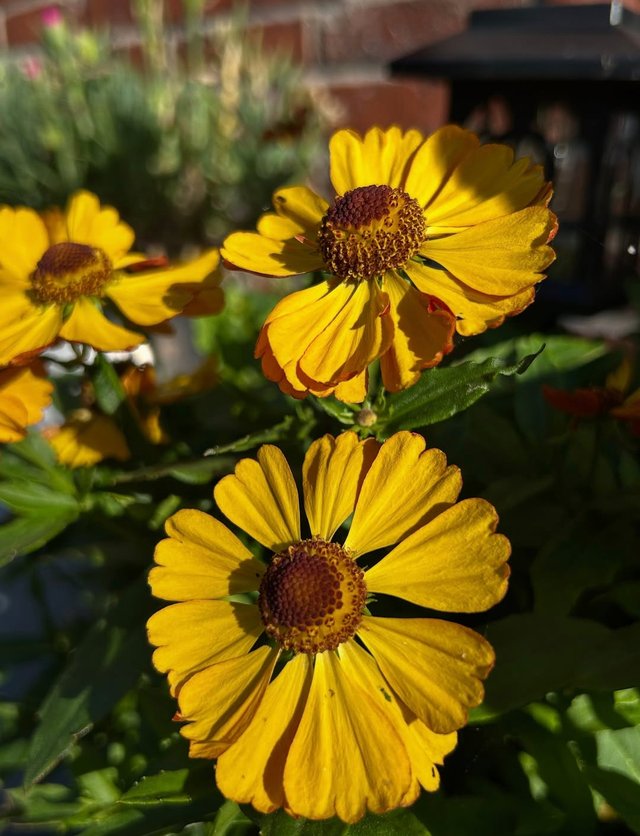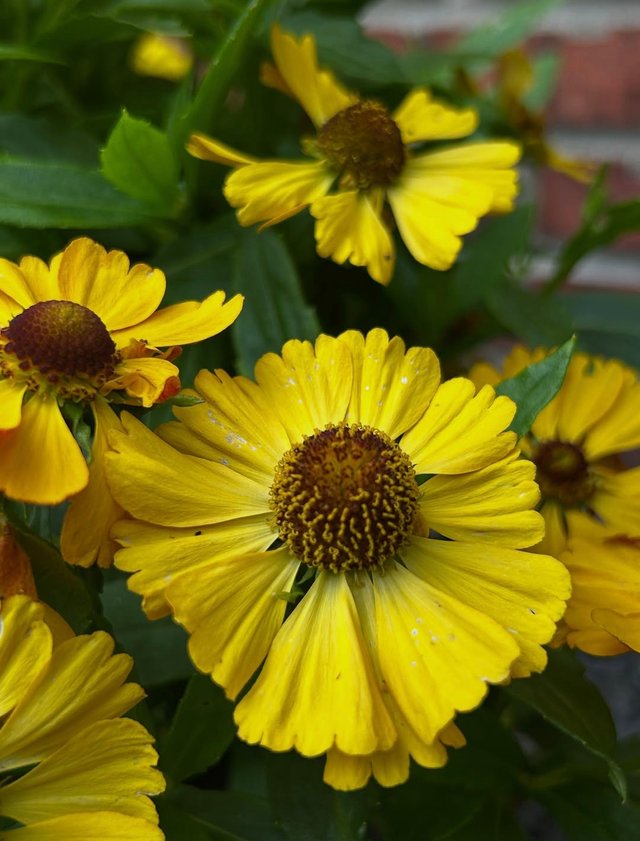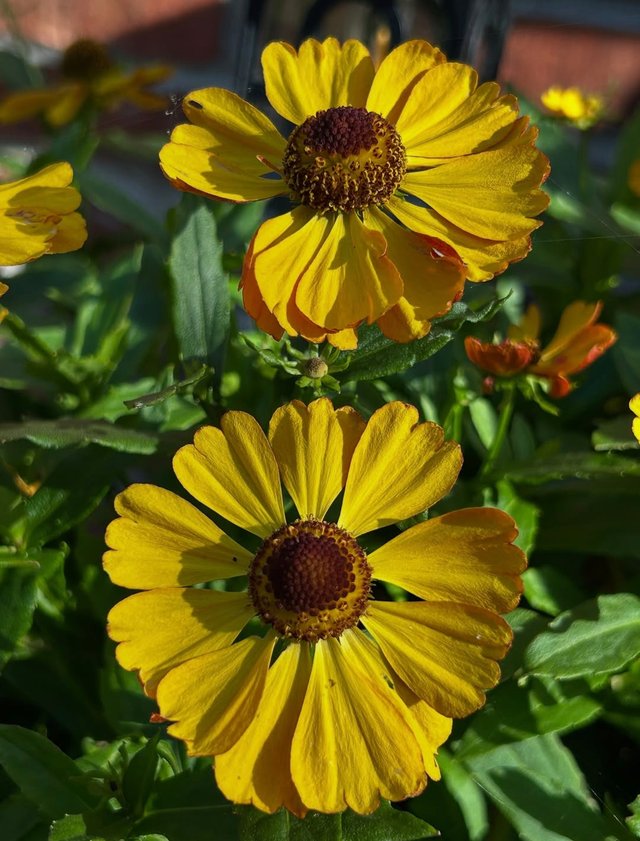Common sneezeweed
Common sneezeweed is a hardy perennial flowering plant.It is native to North America and is most often found growing in moist meadows, along streams, and in open fields. The plant usually reaches heights of 3 to 5 feet and is distinguished by its bright yellow, daisy-like flowers that bloom from late summer into autumn. Each flower features reflexed petals surrounding a raised, dome-shaped central disk that is often golden-brown. Despite its name, Common sneezeweed does not actually cause sneezing from airborne pollen. Instead, its dried leaves were historically used by Indigenous people to make snuff, which induced sneezing and was believed to clear the head of evil spirits or illness, giving rise to its common name.
In gardens, Common sneezeweed is valued for its late-season blooms that provide a burst of color when many other perennials are fading. It thrives best in full sun and prefers moist, well-drained soil, though it can adapt to average garden conditions if given consistent watering. The plant is long-blooming and a favorite among pollinators, attracting bees, butterflies, and other beneficial insects. Because of its tall and upright growth habit, Common sneezeweed is often planted in the middle or back of flower borders where its bright blossoms can create an impressive backdrop. Deadheading spent blooms can encourage more flowers to form, extending the blooming season. Gardeners often use it in prairie plantings, naturalized areas, or alongside ornamental grasses to create a vibrant, late-summer landscape.



